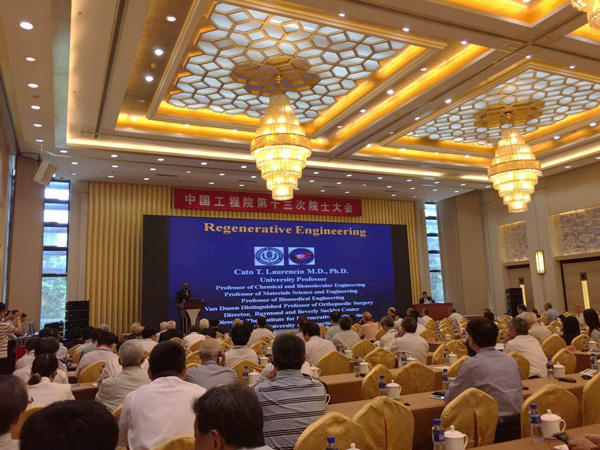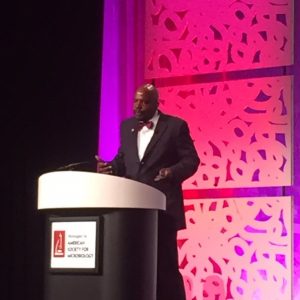 By Cato T. Laurencin, M.D., Ph.D.
By Cato T. Laurencin, M.D., Ph.D.
I was honored to serve as the keynote speaker for the Annual Biomedical Research Conference for Minority Students (ABRCMS) in Tampa, FL on November 10. ABRCMS is the largest professional conference for underrepresented minority students in STEM. The theme for the meeting was “Diverse Voices, Diverse Science: A Future of Excellence in STEM Research.” My lecture, “Regenerative Engineering: The Future of Tissue Regeneration” highlighted the increasing convergence between engineering, biology, and medicine. This meeting was packed with undergraduate and post-baccalaureate students, graduate students and postdoctoral scientists and faculty, program directors and administrators. Thanks to ABRCMS for inviting me to participate in this important conference.
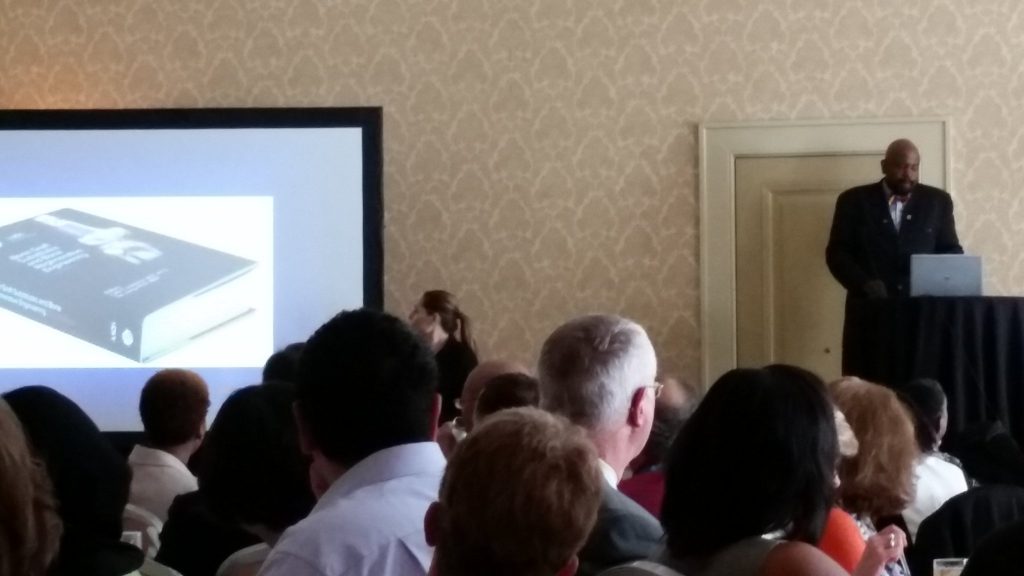

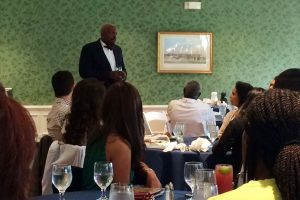 On Friday, July 22, the Institute for Regenerative Engineering held our 29th Annual Laurencin Labs dinner at the Hartford Golf Club in West Hartford. Over 60 graduate students, postdoctoral fellows, and faculty members attended. Also attending were the local high-school and college students who are spending part of their summers in the lab. The evening celebrated the outstanding research conducted in our laboratory during 2016 and included a discussion of the work planned for 2017.
On Friday, July 22, the Institute for Regenerative Engineering held our 29th Annual Laurencin Labs dinner at the Hartford Golf Club in West Hartford. Over 60 graduate students, postdoctoral fellows, and faculty members attended. Also attending were the local high-school and college students who are spending part of their summers in the lab. The evening celebrated the outstanding research conducted in our laboratory during 2016 and included a discussion of the work planned for 2017.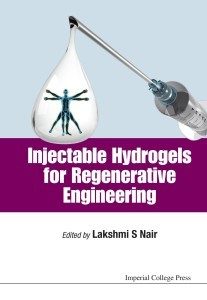 I am pleased to announce IRE faculty member Lakshmi Nair recently served as editor of a new book, Injectable Hydrogels for Regenerative Engineering.
I am pleased to announce IRE faculty member Lakshmi Nair recently served as editor of a new book, Injectable Hydrogels for Regenerative Engineering.